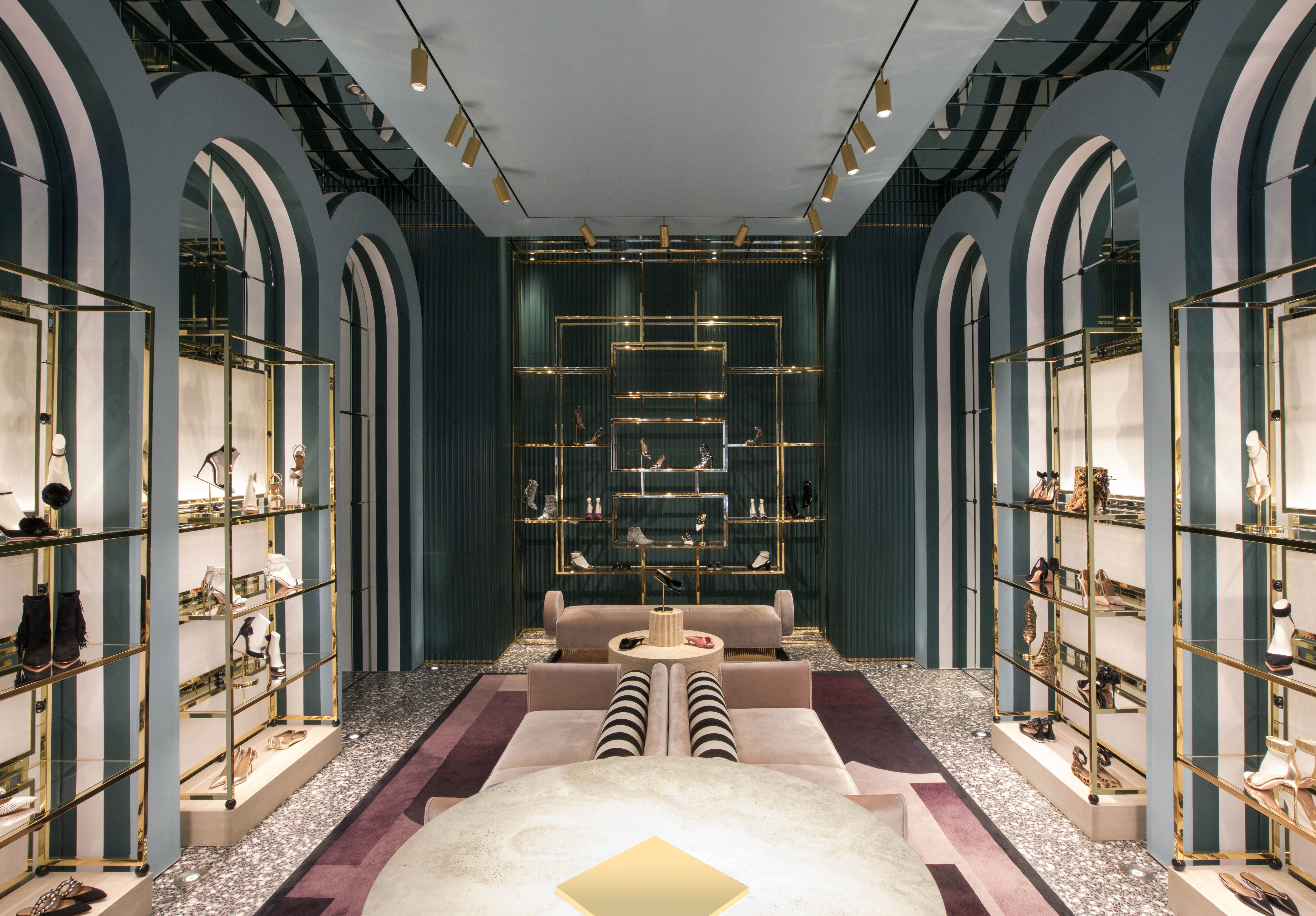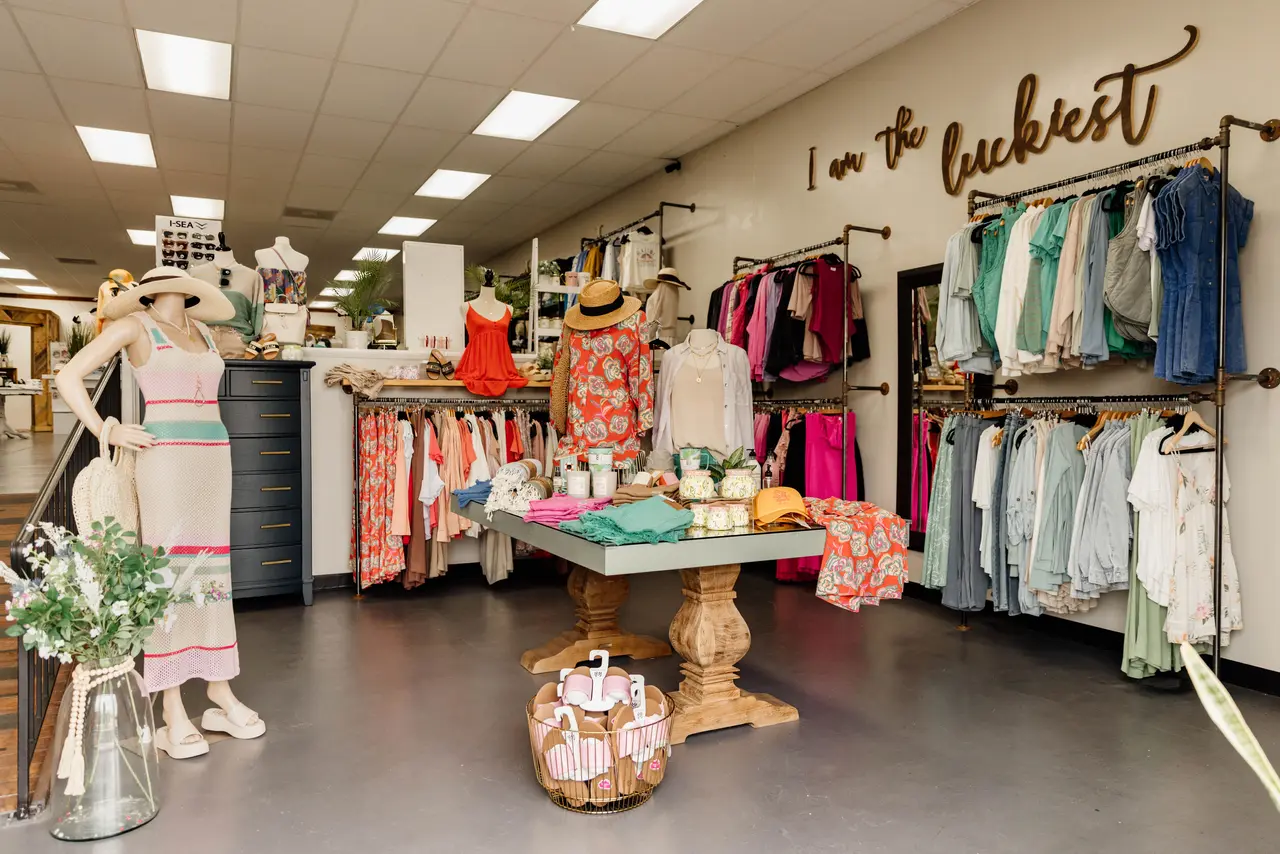Why Boutique Fashion is the Ultimate Choice for Unique Design
Why Boutique Fashion is the Ultimate Choice for Unique Design
Blog Article
A Deep Study the Globe of High-Fashion Runways: Comprehending Clothes as Art
Designers, much like masterful musicians, weave elaborate stories with material, form, and shade, testing typical norms and redefining elegance criteria. As we check out these sartorial spectacles, we must consider: what role does style play in forming societal worths, and exactly how does it show the ever-changing tapestry of human emotion and identity?
The Evolution of Runway Reveals
The trajectory of path shows has actually transformed dramatically over the decades, developing from exclusive industry occasions to exciting spectacles that blend fashion with art. Generally, path shows made love events, kept in ateliers or small locations, primarily gone to by customers and sector insiders. These very early presentations concentrated on the garments' workmanship and business feasibility, using a straight and functional screen of seasonal collections.
As the garment industry increased, the nature of path shows started to transform. The 1970s and 1980s marked a transforming factor, with designers looking for to differentiate themselves through even more theatrical discussions. This era saw the rise of intricate sets, choreographed designs, and thematic stories, heralding a brand-new age where the runway came to be an experiential platform. The programs transformed into a form of narration, where each collection conveyed a distinctive narrative or principle.
Recently, innovation and social media have actually better reinvented path shows, making them obtainable to a global target market. Livestreaming and electronic platforms have actually democratized fashion, permitting fanatics worldwide to witness these occasions in real-time (boutique fashion). This development reflects a broader social change, where high-fashion paths act as a vibrant junction of efficiency, design, and technology
Designers as Visionary Artists
Designers in the high-fashion market have obscured the lines in between practical garment development and the theoretical realm of art. By embracing creative disciplines such as sculpture, paint, and avant-garde installments, designers craft garments that challenge traditional style standards and raise them to art forms.
Visionary designers attract inspiration from a myriad of resources, consisting of abstract art, historical referrals, and individual narratives. They have a distinct capacity to envision and appear ideas that press the boundaries of standard fashion, frequently redefining aesthetic standards in the process. This innovative resourcefulness is showcased through dramatic silhouettes, ingenious products, and detailed workmanship, which welcome visitors to experience fashion as greater than simply wearable items.
Furthermore, the path functions as a canvas for these musicians, where lights, music, and established design coalesce to create immersive experiences. These presentations are not just display screens of clothes yet are orchestrated efficiencies that stimulate emotion and prompt idea, affirming the developer's function as a real musician in the modern cultural landscape.
Cultural Influences in Style
Social tapestry weaves its detailed patterns into the material of fashion, affecting designers internationally. The dynamic interchange of cultural tales, practices, and icons educates and motivates collections that grace high-fashion paths. Designers meticulously draw from their heritage or engage with societies distinct from their own, crafting garments original site that serve as aesthetic stories. This social discussion not just enriches the aesthetic variety but likewise fosters a much deeper understanding and gratitude of global identities.
The impact of society on style is frequently seen in the reinterpretation of traditional garments and patterns. For circumstances, using Japanese kimonos, Indian saris, or African prints in modern fashion reflects a mix of cultural authenticity and modern-day aesthetic appeals. Designers such as Valentino's Pierpaolo Piccioli and Alexander McQueen's Sarah Burton have actually been understood to incorporate abundant cultural themes into their couture collections, converting history right into wearable art.

Advancement in Material and Style
Advancement in textile and layout constantly reshapes the landscape of high-fashion, pressing limits and redefining opportunities. Designers are progressively checking out the integration of technology, such as 3D printing, which allows for the production of complex frameworks that were previously unbelievable.
Furthermore, sustainability has actually come to be a critical theme in textile technology. The apparel industry is observing a surge in using eco-friendly materials, originated from recycled plastics, organic fibers, and also naturally degradable elements. These developments not only offer new textures and aesthetics yet likewise address crucial ecological worries. Designers are welcoming these materials to craft garments that are both aware and aesthetically striking of their environmental impact.
In regards to style, experimental types and progressive silhouettes are continually transforming the runway. By incorporating unusual products and cutting-edge strategies, designers grow garments that obscure the line in between style and art, establishing new standards for imagination and expression in the high-fashion round.
Effect of Fashion on Society
Fashion wields a profound impact on culture, working as both a over at this website representation of social identity and a stimulant for social adjustment. With its advancement, fashion has mirrored societal shifts, encapsulating the zeitgeist of various eras. For example, the flapper dresses of the 1920s embodied a newfound sense of ladies's freedom, while the strong prints of the 1960s resembled the innovative spirit of the time. High-fashion runways, specifically, work as platforms for tough norms and redefining appeal standards. important link Designers utilize these venues to attend to pushing social issues, from sustainability to diversity, thereby shaping public discourse.
Furthermore, fashion has the power to bridge social voids, promoting understanding and gratitude amongst varied teams. As globalisation speeds up, the cross-cultural exchange of fashion concepts ends up being progressively significant, promoting inclusivity and variety. The increase of streetwear, originating from urban subcultures, shows just how style can transcend socio-economic boundaries, granting individuals a means of self-expression and empowerment.
Basically, fashion is not merely regarding aesthetic appeals; it is a vibrant force that influences values, perspectives, and societal progress (boutique fashion). By continually interacting with social and social currents, style remains an indispensable component of the collective human experience

Final Thought
Developers, similar to visionary artists, manage collections that reflect identification, emotion, and cultural narratives, challenging conventional visual appeals. This intersection of fashion and artistry not only mesmerizes audiences worldwide yet likewise affects social understandings and advertises a much deeper admiration for cultural diversity.

Social tapestry weaves its complex patterns into the material of fashion, influencing designers worldwide.Style possesses an extensive influence on society, offering as both a reflection of social identity and a stimulant for social modification.
Report this page